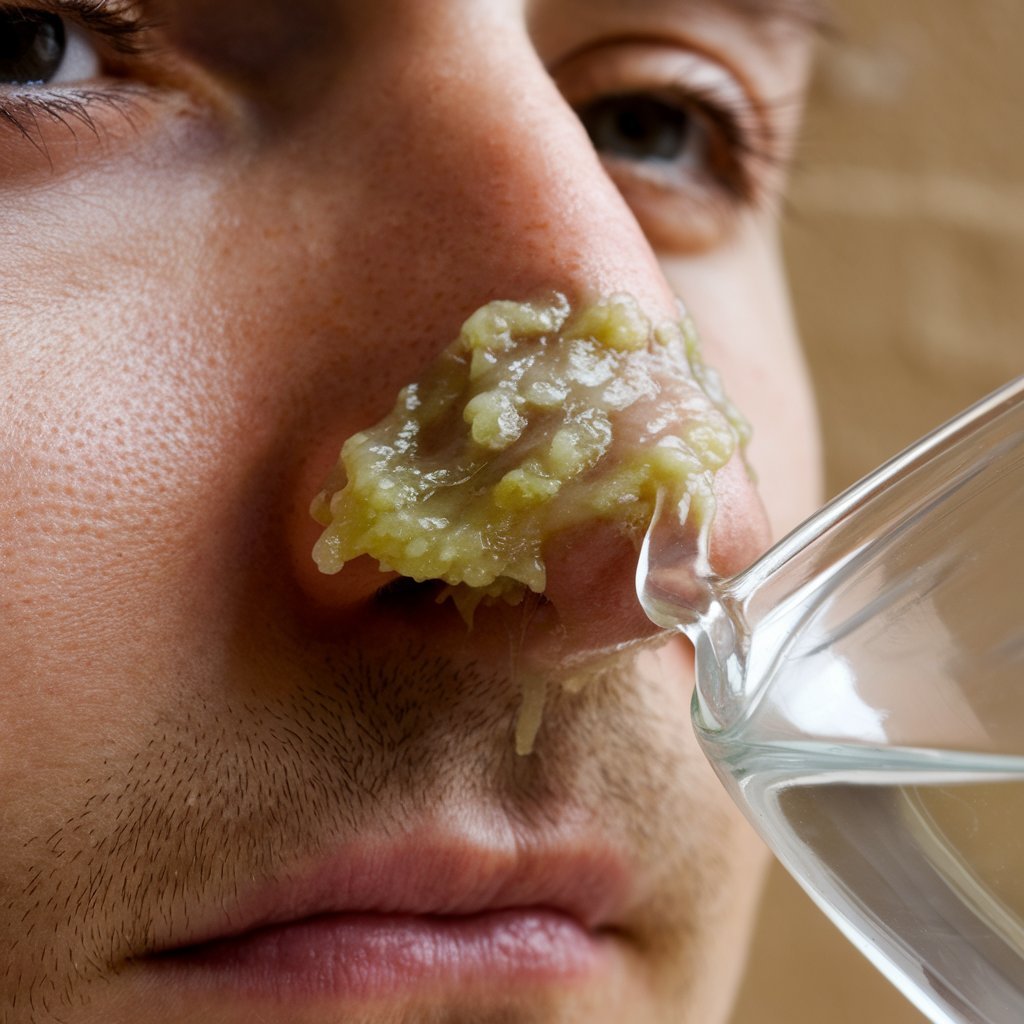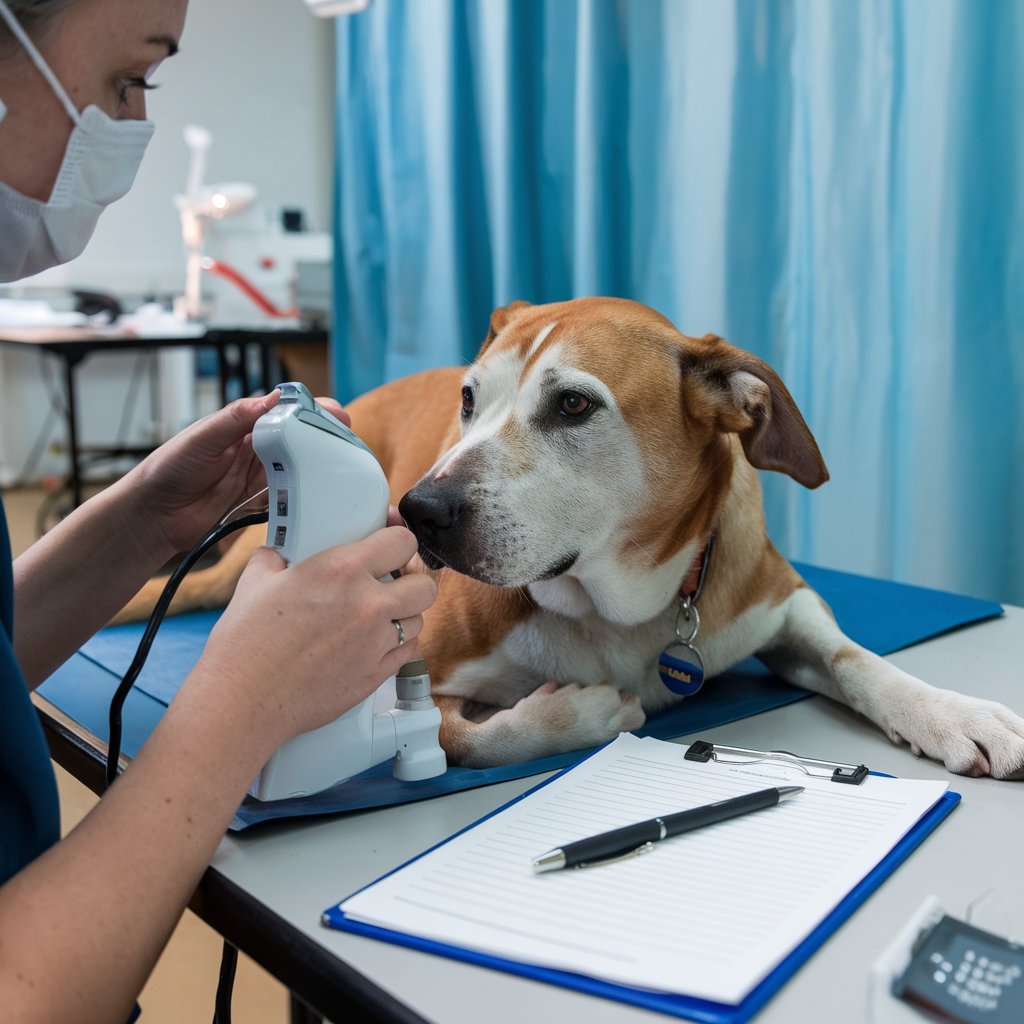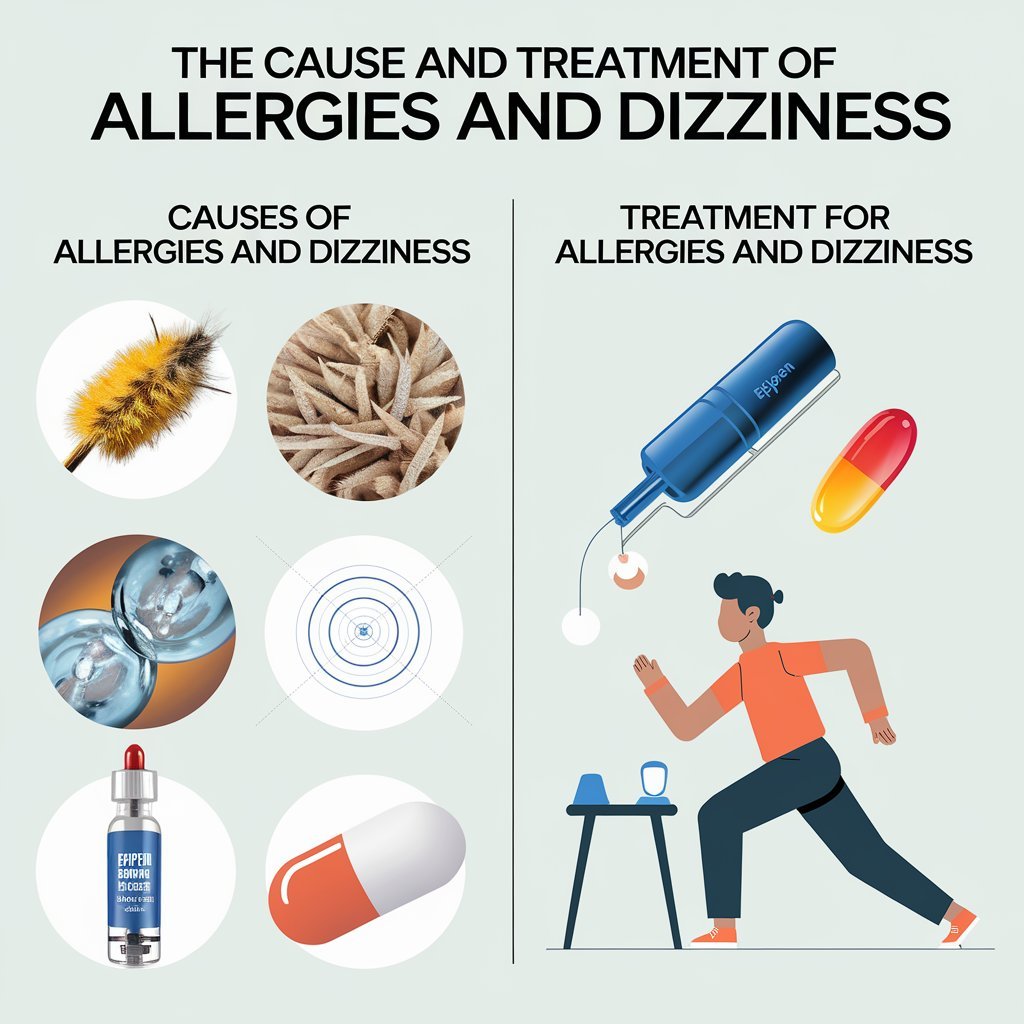Nasal congestion, or a stuffy nose, is that sensation that may be annoying or painful and hampers easy breathing through your nose.
When this occurs, tissue inside your nose becomes swollen with inflammation or engorged blood vessels. The inflammation itself is a form of the body’s reaction to an infection by a virus, bacterial, allergic substance, or medication.
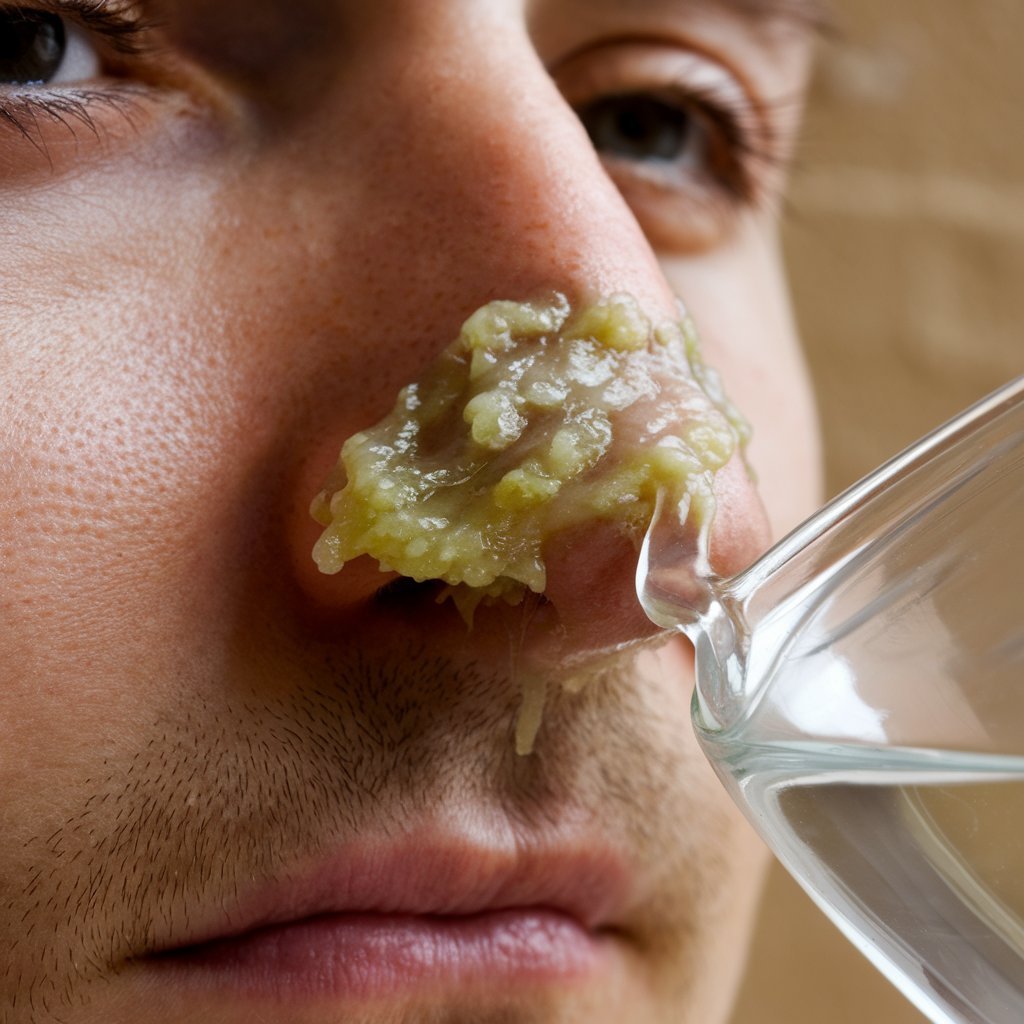
Though most cases of nasal congestion go away on their own within a relatively short period of time, it’s helpful to know that there are various treatment options that can help you clear up unpleasant stuffiness as quickly as possible.
Causes
Experiencing a stuffy nose is typically associated with common illnesses like a cold, but having nasal congestion doesn’t automatically mean you’re sick. There are many causes of nasal congestion, a symptom that drives millions of healthcare outpatient visits per year in the U.S.
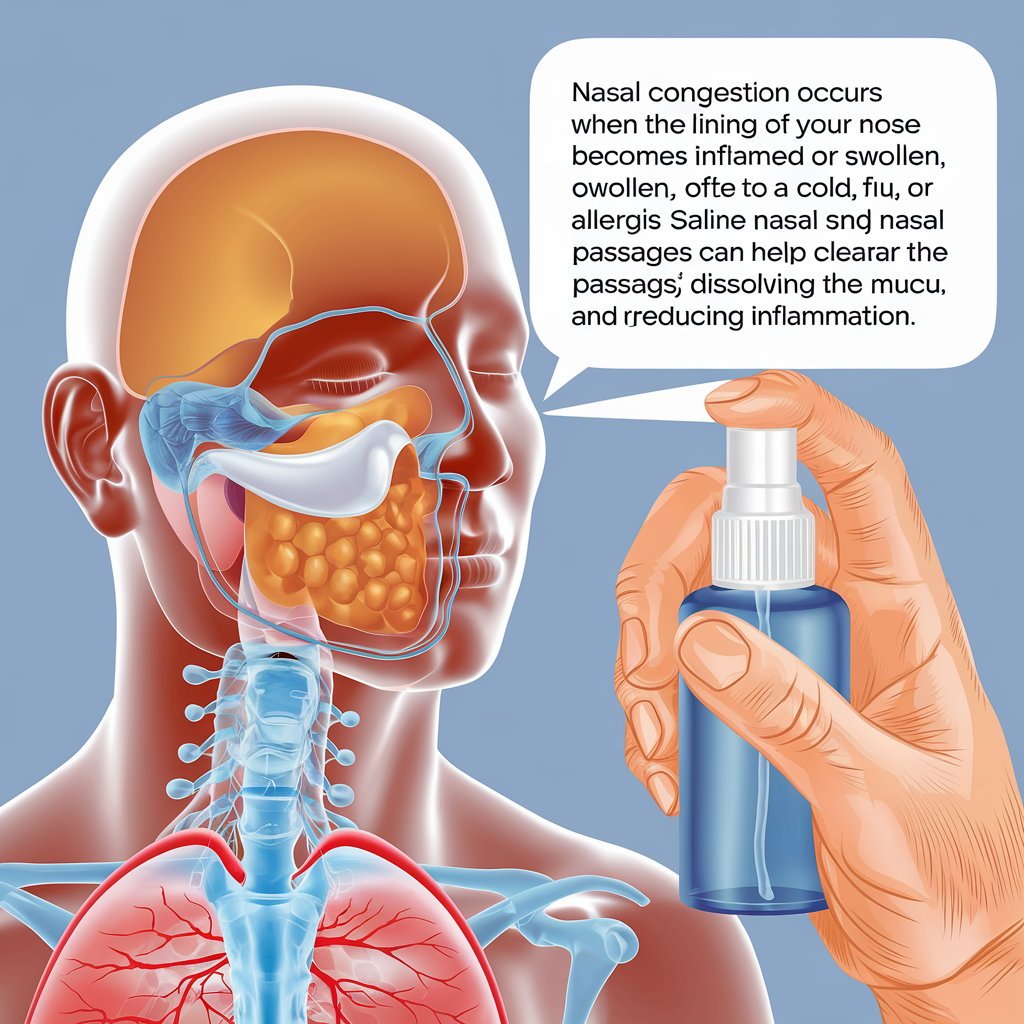
Cold
Nasal congestion is one of the hallmark signs of the common cold.
When you come into contact with a cold virus, the nasal passages can become inflamed and irritated, leading to congestion that usually lasts for up to two weeks. You will probably figure out that you have a stuffy nose because of a cold when you experience other common symptoms of a cold, such as sneezing, sore throat, and coughing.
Flu
Just like they may cause a cold, viruses also cause influenza or the flu, and can stimulate a stuffy nose.
Whereas both infections share nasal congestion as a common symptom, however, flu symptoms overall tend to feel more severe than a cold. With the flu, you may also experience a high fever, fatigue, and body aches or pains besides the stuffiness.
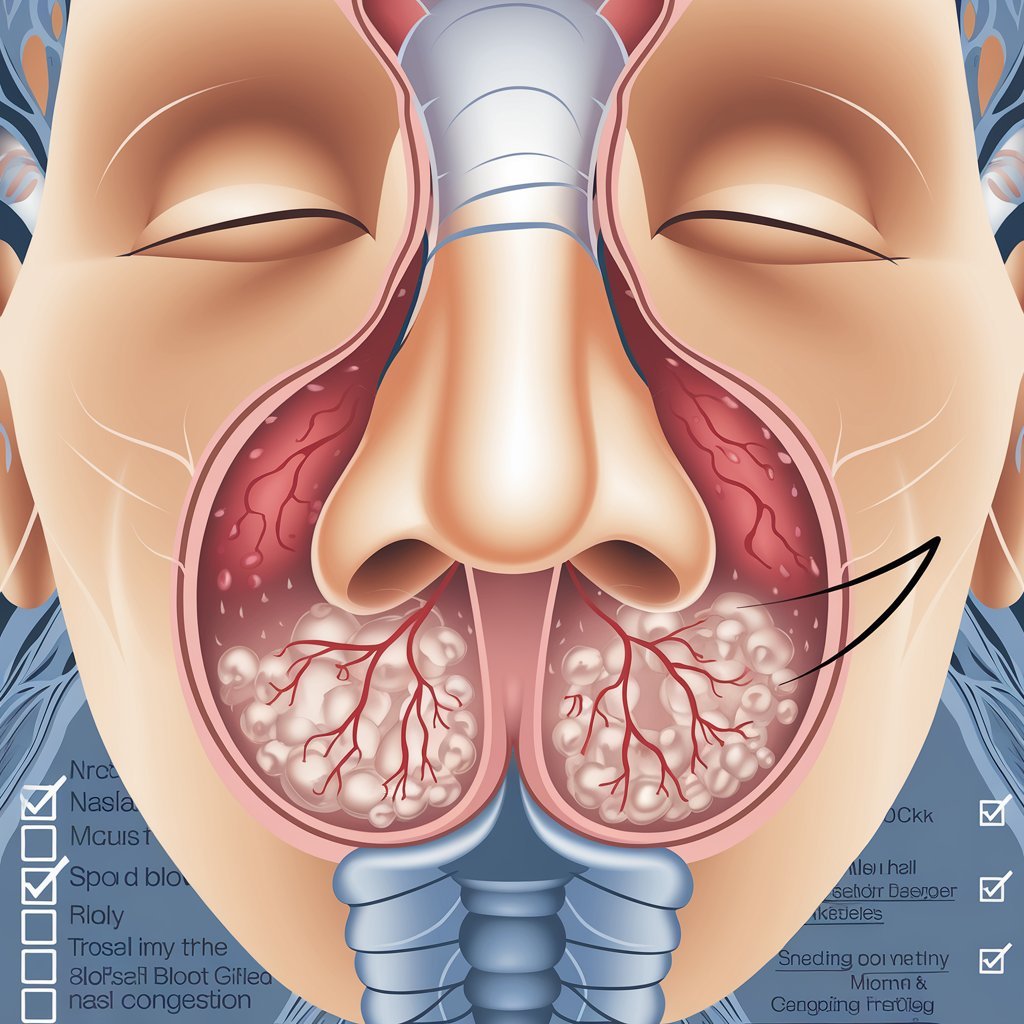
Sinus Infection
A sinus infection, also known as sinusitis, occurs when bacteria and fluid accumulate in the sinuses, which are small pockets of air located just behind the face. The inflammation caused by this irritation irritates the nasal passages, which is why you end up with congestion.
Other symptoms you might experience with a sinus infection include facial pain or pressure, headache, runny nose, sore throat, cough, and post-nasal drip, when excess mucus from the sinuses drips down the back of your throat.
Allergies
Nasal congestion is a familiar feeling for the almost 50 million people living with allergies in the U.S.
Allergies are the overreaction of an immune system toward external stimuli that include dust mites, mold, pet dander, grass, and pollen. This condition causes the inflammation that brings congestion when it comes into the nasal passages.
Some other typical manifestations of allergy would include sneezing, tearing of eyes, runny nose, skin rash, and swelling.
Nasal Polyps
Nasal polyps are noncancerous growths of tissue inside the nasal lining and result from chronic inflammation. When they grow large enough, nasal polyps can block the nasal passages and cause stuffiness.
Other common symptoms of nasal polyps include headache, loss of smell and taste, runny nose, sinus pressure, post-nasal drip, and facial pain.
Certain Medications
There’s also a possibility that the stuffiness may be a reaction to a prescription medication. Several studies indicate that long-term intake of drugs altering the nervous system, such as blood pressure medications, ibuprofen and other types of pain relief drugs, as well as a few nasal spray decongestants, contribute to congestion.
If you suspect it might be an issue, take sure to contact a healthcare provider prior to stopping prescribed medications.
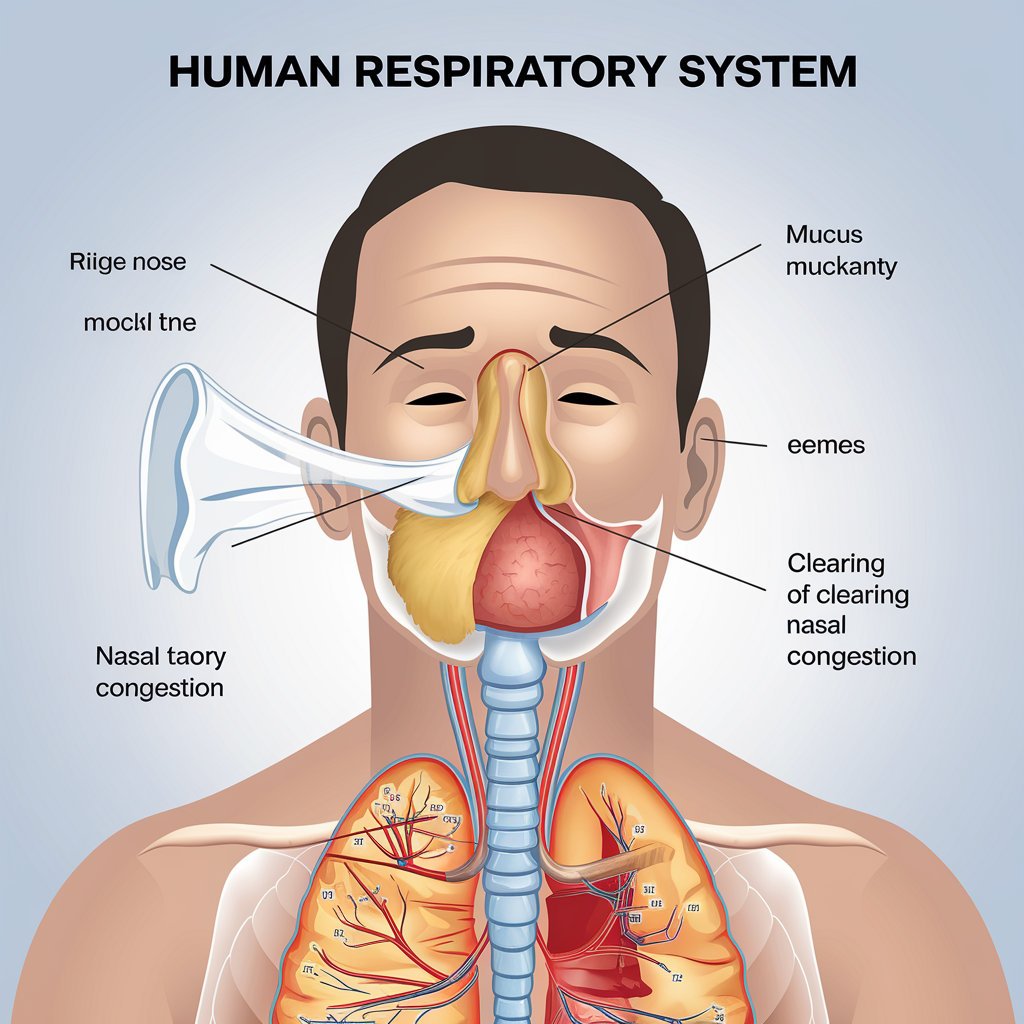
Treatment
You might want to try to figure out what’s causing the stuffiness before trying to treat it. The same specific treatment methods, such as home remedies, over-the-counter (OTC) drugs, or prescription drugs, can be used slightly differently depending on what is causing it.
Home Remedies for Congestion
You might want to begin by trying one or two of several simple at-home remedies to help manage your nasal congestion. Home treatments for congestion include:
- Drinking lots of water and other fluids to hydrate the body, which helps to thin mucus so that it is easier to drain
- Breathing in hot steam in the shower can help open up the nasal passages and clear out congestion
- Humidifier- keeping the nasal passages moist
- Elevate- staying as upright as possible to drain mucus by sitting or standing rather than lying down
- Warm, damp washcloth along the face to gently ease inflammation
- Trying ginger extract in hot tea for congestion due to allergies
- Avoiding triggers (like pollen or pet dander) if your stuffiness stems from allergies
- Rest and sleep are the best medicine for viral congestion, which can help heal faster
Over-the-Counter Medications
Many over-the-counter medications have the power to clear up stuffiness. Consider the following if they work for the cause of your stuffiness:
Saline nasal decongestant spray or steroid nasal spray: These may help relieve the swelling of the nasal passages. Just remember to use a decongestant nasal spray as directed and don’t overuse it beyond three days because it can create a rebound effect that’s worse than your original congestion-sometimes called rhinitis medicamentosa.
- Neti pot rinse: Fill the container with purified, filtered, or boiled water to help clear nasal passages
- OTC decongestants: These medications can shrink inflamed blood vessels and drain the sinuses. If you have hypertension, speak to a healthcare provider first because these medications can raise blood pressure.
- OTC antihistamines: These medications may dampen the immune system response. Avoid this in cases of sinusitis as it may dry out the sinuses too much.
- Nasal adhesive strips: Using the strips, especially at night or when sleeping, allows them to allow nasal passages to open up and reduce congestion.
Prescription Drugs
Depending on the cause of the congestion, you might need a prescription medication to relieve your stuffiness.
For example, if your congestion is due to allergies, your healthcare provider might prescribe a prescription allergy medication. If you have nasal polyps due to bacteria, your healthcare provider might prescribe you antibiotics for treatment.
Medications alone may not be successful in treating the polyps, removing it, and clearing up congestion when dealing with nasal polyps. Surgery would be necessary to remove them if that’s the case or if the polyps are very large
Should I Be Concerned About Congestion?
A stuffy nose doesn’t always mean you have something to worry about. Nasal congestion is often caused by a minor cold or might be indicative of seasonal allergies.
But if you are still unable to get rid of your stuffiness after three weeks of home and OTC strategies, it’s probably time to check with a healthcare provider. Long-lasting congestion might be hiding undiagnosed allergies, a bacterial infection, nasal polyps, nasal tumor, or another underlying condition
- High fever
- Head injury
- Blurred vision
- Throat swelling or severe pain
- Yellow-green, gray, or foul-smelling nasal discharge
- Severe flu symptoms
- Chest pain or trouble breathing
To identify the cause of the congestion, a healthcare provider will conduct a physical exam before deciding if other tests, such as an allergy or blood test, throat culture, or sinus X-ray, are neededMedlinePlus. Stuffy or runny nose – adult.
From there, a diagnosis and tailored treatment plan can follow.
